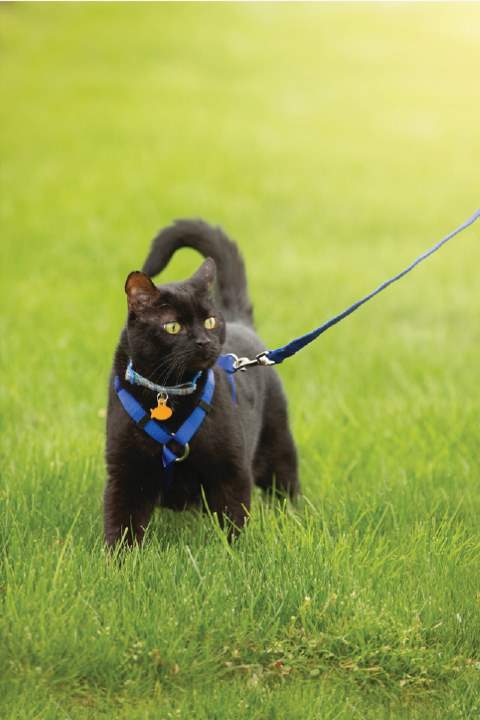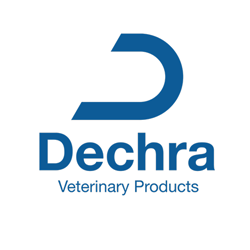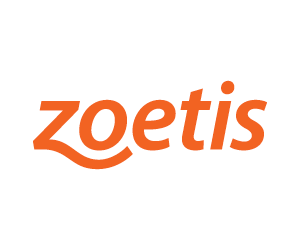Lifestyle Risk Assessment
Understanding the lifestyle of the cat is important for making thorough and accurate preventive healthcare and medical recommendations. The traditional classification of a cat as “indoor” or “outdoor” is oversimplified as there may be additional risk factors that warrant consideration.16 Determining whether the cat is primarily indoor or has any outdoor access is, nevertheless, a starting point. Further questioning may reveal details including whether outdoor access is through an enclosure or leash walking versus free roaming, and if there is exposure to other cats—be they housemates, visiting cats, or foster cats from a shelter—and whether the cat attends boarding facilities or cat shows. For primarily indoor cats, environmental needs are likewise evaluated. Noting human–cat interaction is also important to determine zoonotic risks.17 For example, a young adult cat hunting outdoors may need different preventive healthcare from a mature adult indoor cat living in a retirement home and interacting with residents. For further information, readers are referred to the 2019 AAFP Feline Zoonoses Guidelines17 and the 2020 AAFP Feline Retrovirus Testing and Management Guidelines.18 The role and relationship of the cat with respect to the client (i.e., the human–cat bond and the care philosophy of the owner) is also essential to understand.
Lifestyle Choices
- Indoor-only: An indoor-only lifestyle may decrease the risks of injury, predators, poisoning, and exposure to infectious and parasitic agents. At the same time, it may increase risks of compromised welfare, illness, obesity, and behavior problems due to environmental limitations. Appropriate environmental enrichment is thus essential for maintaining the mental and physical wellbeing of cats.38
- Partial outdoor access: An indoor/outdoor lifestyle may allow a cat to express normal feline behaviors and provide a stimulating environment, but it also may increase the risks of infectious and parasitic agents, injury, poisoning, and exposure to wildlife and predators. Supervised or controlled outdoor access (e.g., during leashed walks or via cat-proof enclosures) may reduce some of the risks otherwise associated with access to the outdoors.
For more information, refer to the AAFP Position Statement “Impact of lifestyle choice on the companion cat: indoor vs outdoor.”59

Boehringer Ingelheim Animal Health USA Inc., CareCredit, Dechra Veterinary Products, Hill's Pet Nutrition, Inc., IDEXX Laboratories, Inc., Merck Animal Health, and Zoetis Petcare supported the development of the 2021 AAHA/AAFP Feline Life Stage Guidelines and resources through an educational grant to AAHA










